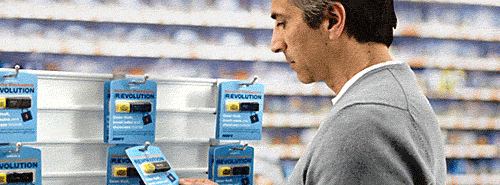
The study revealed that almost all consumers (98%) prefer open merchandising, or the ability to interact with the product in the store before purchase, including picking it up, reading about it, evaluating it, and/or talking with a store associate about the product. In fact, consumers place such a high premium on open merchandising that nearly 60% said that they have decided not to make a purchase because they could not easily get to the product/package and effectively interact with it. This includes consumers who decided not to purchase a product because it was in a glass encasement (39%), and those who decided not to purchase a product because it was only accessible by a store sales person (37%).

"The findings from our Retail Security Solutions Study help prove that when consumers cannot interact with a product in the retail environment, there is a significant negative impact on retailers' and brand owners' bottom lines," said Jeff Kellogg, VP of MWV's Consumer Electronics & Security Packaging Systems division. "Insights from this study will help us identify ways to partner with retailers and brand owners to implement solutions that protect from theft as well as improve the consumer experience in store."
The study allowed consumers to share their perceptions of commonly used retail security measures, including: clamshells, pull cards, locked cabinets, locked plastic boxes, and product wraps with alarms. Three of MWV's security packaging solutions were also a part of this study:
All these security measures were evaluated on their impact on the path to purchase:
In terms of overall performance and consumer satisfaction, results showed that Natralock and Intercept consistently outperformed other security measures in all four steps in the path to purchase.
"The consumers' path to purchase is a delicate process," explained Kellogg. "There are so many factors at play when retail consumers are deciding to purchase a product. Retailers and brand owners could end up missing a sale if the security measure creates a barrier."
The study was a large-scale, quantitative study conducted in December 2012 across five metropolitan cities in the U.S.—Atlanta, New York, Chicago, Dallas, and Los Angeles. Research participants included consumers who had recently shopped for and/or purchased an item that was protected with a security device.
More information, including a video and infographic, is available online.
TAPPI
http://www.tappi.org/